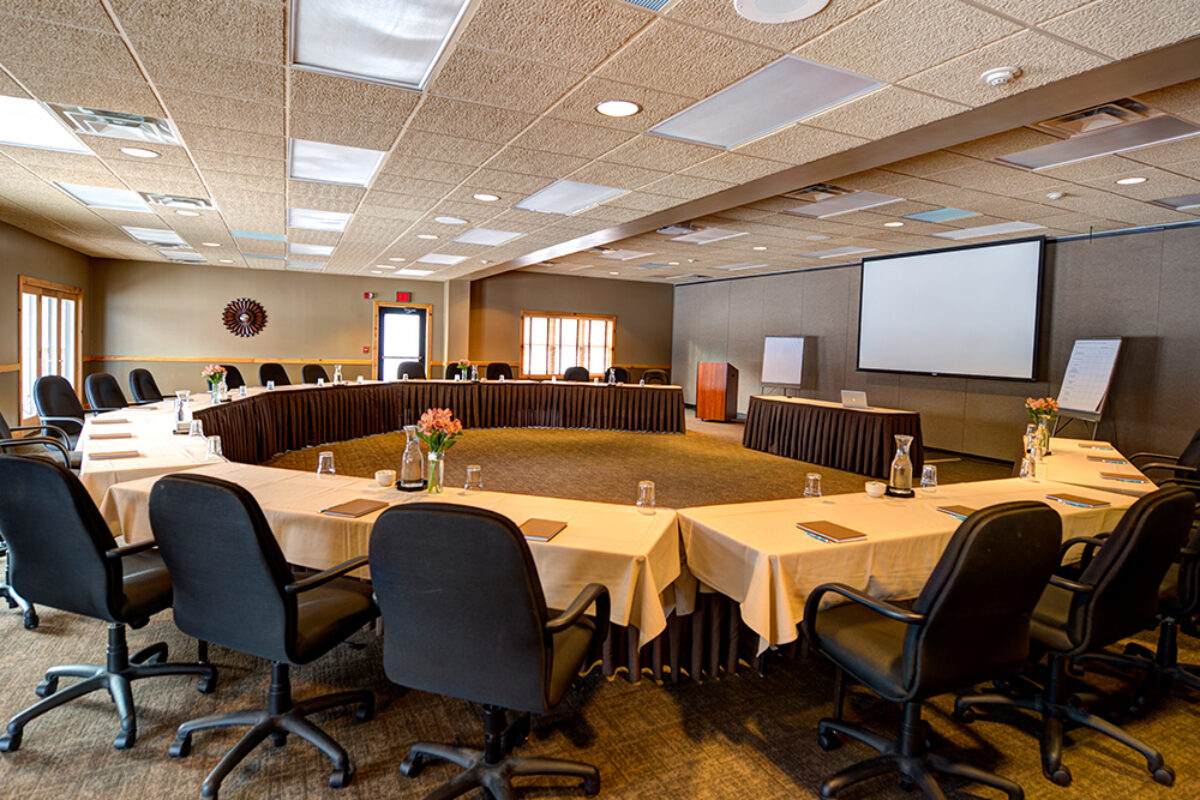There’s a lot of chatter in every industry about the essential components of a strategic plan. Simple searches on the Internet will lead you to lectures, seminars, books, and all forms of content that outline what goes into a strategic plan, but a lot of the advice is all the same.
The simplest strategic planning framework is relatively predictable. It includes:
- Mission, vision, and values statements
- Strengths, weaknesses, opportunities, and threats (SWOT analysis)
- Short and long-term goals
- That one big hairy audacious goal (BHAG)
- Objectives, strategies, and ways to obtain your goals
Throw in a bit of red and blue ocean strategy, competitor analysis, and discussions about the industry landscape, and you’re all set.
We’re sure you’ve heard all this before. The problem is that this is all easier said than done. Too many people focus on the “what” of strategic planning rather than the “how.” How are you going to accomplish all this? Is there even a “best” way to get it done? Perhaps there’s no best way that applies to all businesses, but there definitely is a better way to go about strategic planning.
Having said that, what are the most important components of a successful strategic planning session, (and by that we mean the ones no one tells you about)?
Set the Scene
Where you conduct a strategic planning session is just as important as how you do it and what you discuss. Location, location, location, isn’t just a term for real estate. Getting out of the office, leaving your comfort zone, and going off-site is one of the most beneficial things you can do.
Strategic planning is as much a state of mind as it is a physical task, and where you are is important to your current mindset. You want the place where you conduct your strategic planning session to be:
- Isolated: get your team away from the normal distractions of everyday work and day-to-day life.
- Different: spark curiosity and creativity by taking your team somewhere different, encouraging them to break free from their normal thought processes and think differently.
- Well equipped: choose a location that has the space and technology you need for a successful strategic planning session, including conference equipment, televisions, projectors, sound systems, and more.
- All-inclusive: let your hosts take care of everything, from the food to the accommodations, while you focus solely on your business.
In short, get out of the office and take your team someplace new.
Do Something Different (and Unexpected)
There are a few things that inspire creativity, according to some psychologists:
- Seeking out challenging tasks
- Surrounding yourself with interesting things and people
- Collaboration
- Relaxation and rest
- Sunlight and natural settings
It’s not enough to be in an unfamiliar place. If you want to increase your creative mindset, you need to plan and partake in different and unexpected team activities that are designed to challenge your team and enable them to work collaboratively.
Strategic planning is all about sitting down and formulating a plan. It’s about working through a struggle together, a skill that can be learned and practiced. During your next strategic planning session, challenge your leadership team to work together in order to get them really thinking in new ways about your business. Push them to their limit and let them break through the boundaries of their capabilities, both physically and mentally.
Consider Using Facilitators
Strategic planning facilitators serve two purposes in the process:
- They provide an outsiders view into your business
- They serve to help guide you through the process
Facilitators don’t tell your team what to think, nor do they formulate your strategic plan for you. Instead, they help you get to where you need to go. They are there to put you in the mindset you need to be in, to help you think differently, and to clear any roadblocks you may encounter. They help you explore your business, troubleshoot issues, and navigate uncharted waters as you make a plan for the future.
Learn more about our industry-leading facilitators.
Make it a Multi-Day Retreat
Does this sound like a lot to accomplish? It is, which is why it’s best to tackle a proper strategic planning session over the course of several days. You need time to bring your team together, get them collaborating and thinking differently, formulate a plan with them, and yes, even get a bit of relaxation, which encourages creativity. Your weekend retreat should be fun, engaging, and productive. Take a weekend and really transform your business.
Interested in learning more about our strategic planning retreats at Sugar Lake Lodge? Get in touch with us for a free consultation today.

